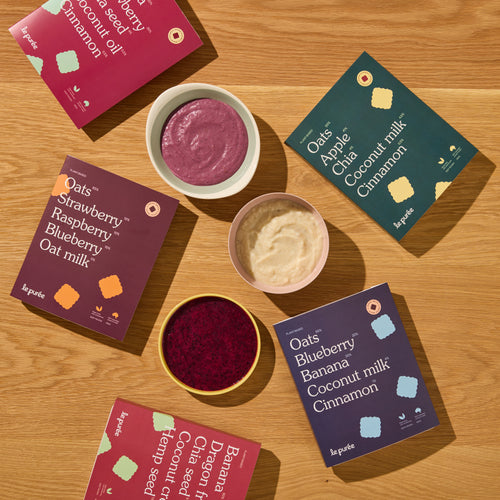Written by: Amanda Jenson, ErgoPouch Global Marketing Lead
The struggle as your baby transitions to toddlerhood can be challenging for parents. You will encounter many battles, and the reason for refusing bed can vary from ‘just one more bedtime story, ' ' I am thirsty/hungry, ' ' I’m not tired’...the list goes on! However, the importance of developing a consistent bedtime routine for toddlers will go a long way to counteracting even the most challenging nights.
Consistent and predictable bedtime habits, albeit they will change as the year progresses, can help create a sense of safety for your toddler as the world around them changes. ‘Change’ can be big or small. It could be things we as adults don’t give a second thought to, such as a change in weather and daylight hours, a new sound on the street, such as a dog barking, a new teacher or child at daycare, etc. With toddlerhood comes walking, talking and molars. These developmental and physical changes can also trigger sleep and settling difficulties.
Such changes can make your mini-me feel overwhelmed and overstimulated, making it harder for your child to go down for naps or nighttime sleep.
Pretend play for growing minds has been shown to be an effective learning mechanism for toddlers and preschoolers. It also helps them understand what’s expected of them in certain situations, develop their social and emotional skills, and develop problem-solving skills.
By encouraging your toddler to use the doll to put their favourite doll or toy ‘to bed’ during play, they subconsciously learn the expectations for a healthy sleep time routine.
Below are some ideas on how you can establish a routine.
All children are different and will respond to different bedtime routines. However, being consistent and calm before bed is key to developing healthy bedtime habits and mannerisms.
The ‘pre-bed’ routine (in the hour leading up to bed):
To encourage your toddler to settle down, try adopting a few cues that signal bedtime is soon approaching. Try and repeat these consistently every night to help your child’s learning. Ideas include:
- Bath or shower time, brush teeth, put on pyjamas
- Dim the lights to reduce stimulus
- Place essential oils in a diffuser and/or play white noise
- Initiate quiet play with toys or a doll. Encourage your child to mimic the same ‘pre-bed’ routine with their favourite teddy or doll and dress their toy in a Doll Sleeping Bag for some cute matchy-matchy.
We suggest no TV or screens in the hour leading up to bed.
The ‘time for bed’ routine:
Creating a calming, loving, and consistent bedtime routine, such as the classic story, song, and cuddle, is a simple but effective way to get your toddler down in their cot or bed.
Put on their sleeping bag/sleep suit bag/sleep onesies. This act signals playtime is officially over, and the bedtime routine has begun.
Story
Incorporating reading in your lap before bedtime helps your toddler feel safe, happy and relaxed. Encouraging your child to bring their doll or teddy along for storytime will help them sit still. If they would also like to ‘read’ a book to their toy, this roleplay will further help establish the routine.
Song
The soothing sound of your voice will be a gentle reminder of the bedtime routine. Singing a song to dolly/teddy is a fun way to continue to establish the sleep cues and routines.
Cuddle and Bed
We all give our children one final cuddle and kiss before putting them down but think about encouraging your child to do the same with their doll. Kiss and cuddle for dolly/teddy and put down in their ‘cot’ before putting your child in their own will continue to help them understand the routine.
With love,
ergoPouch X

















































